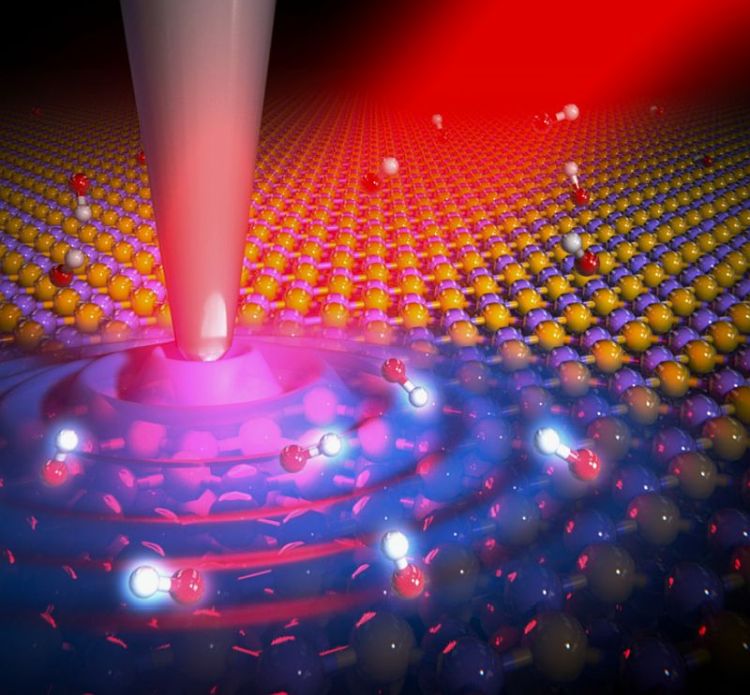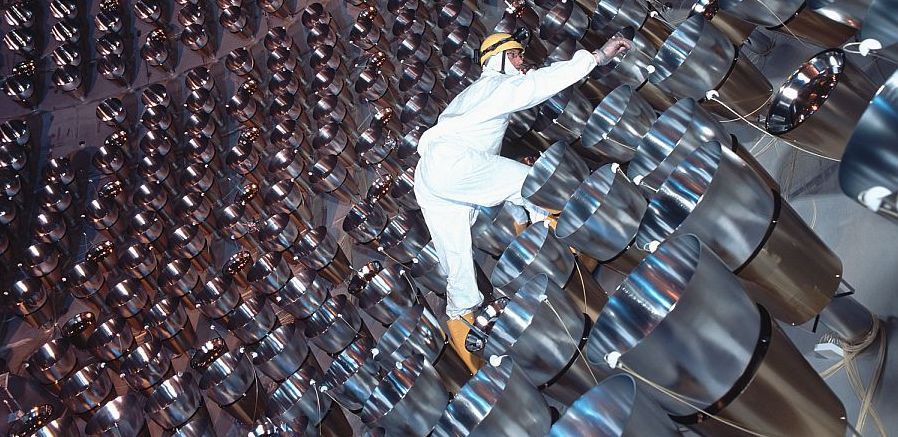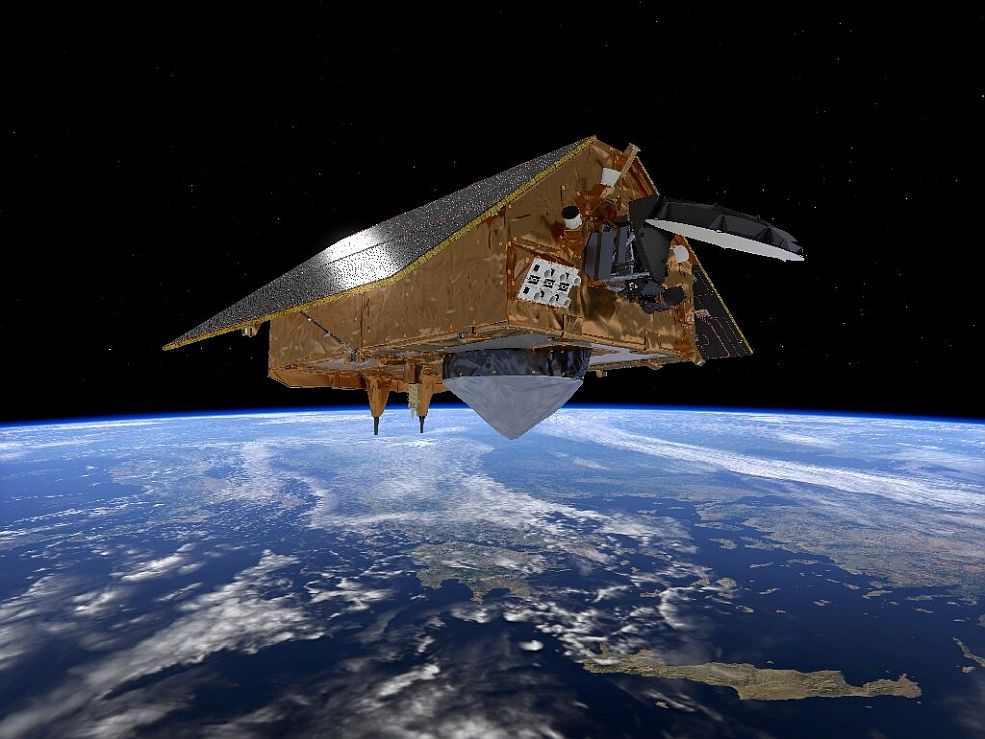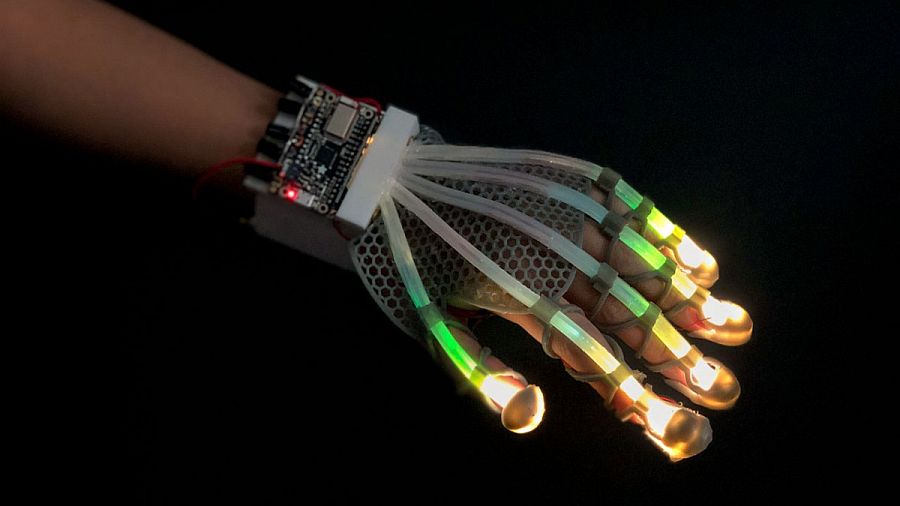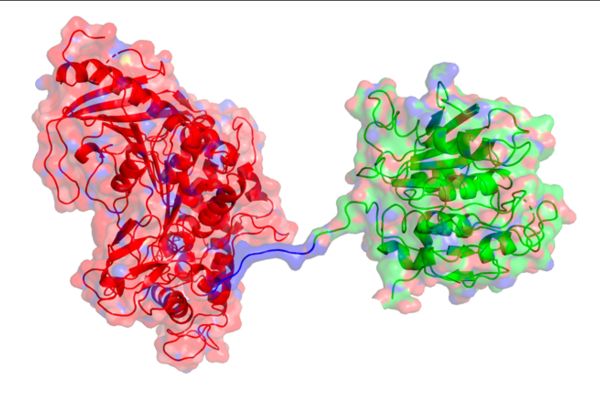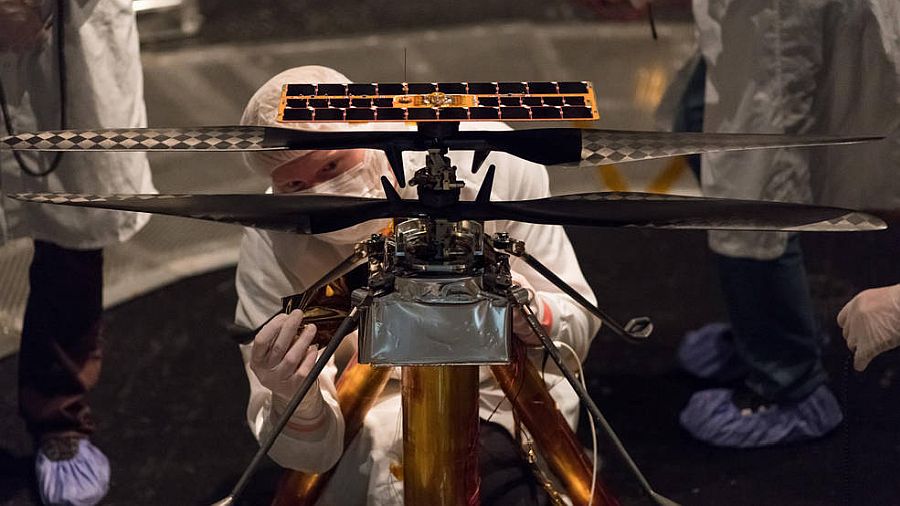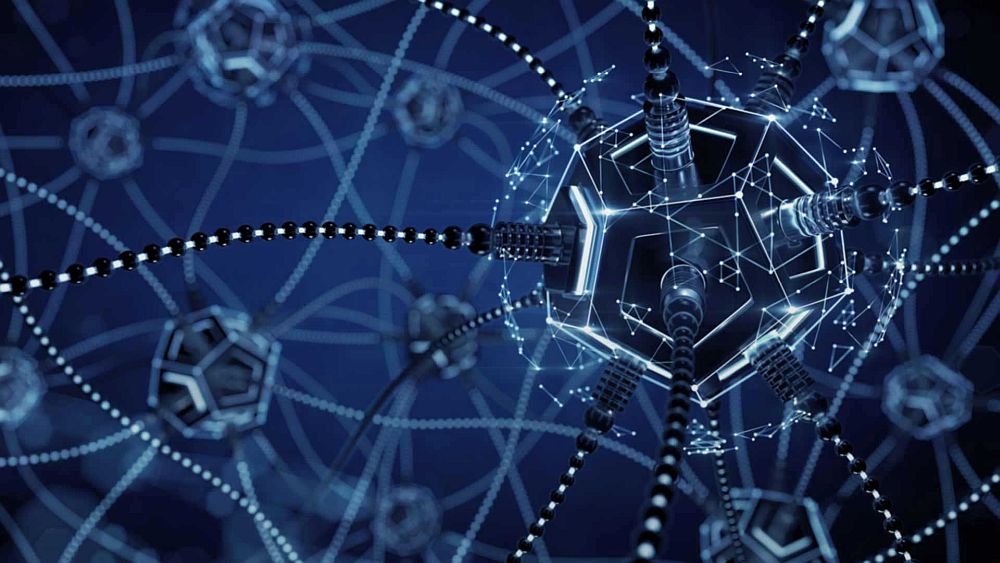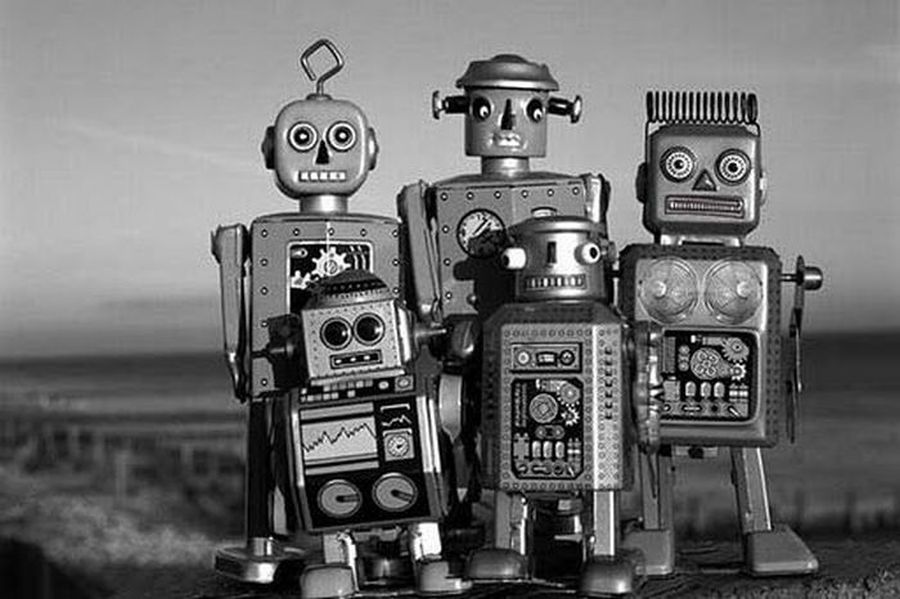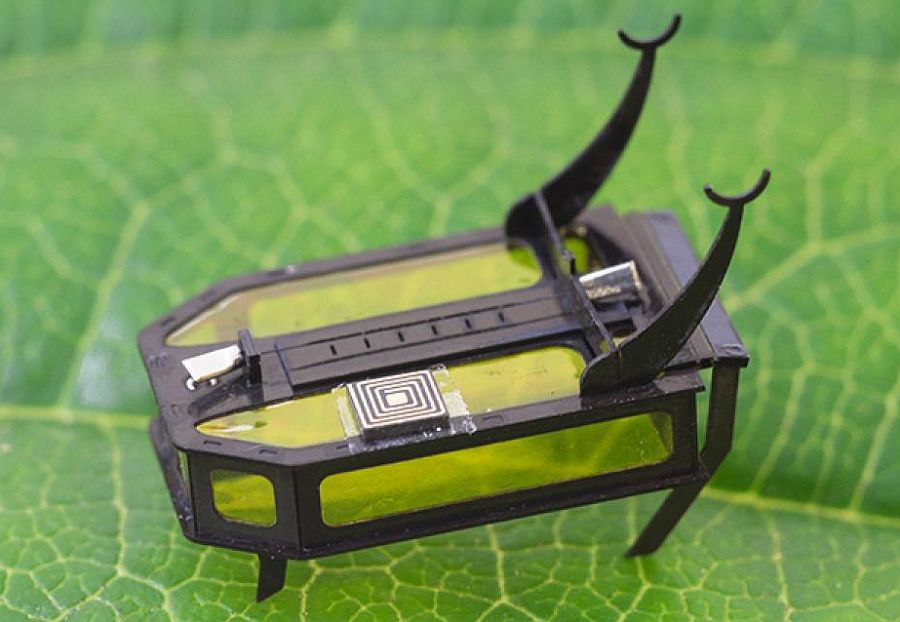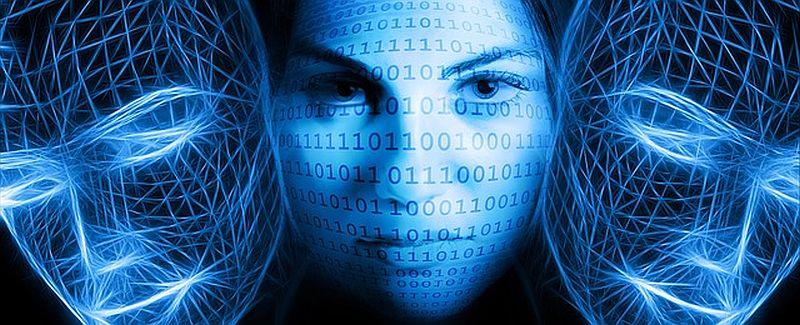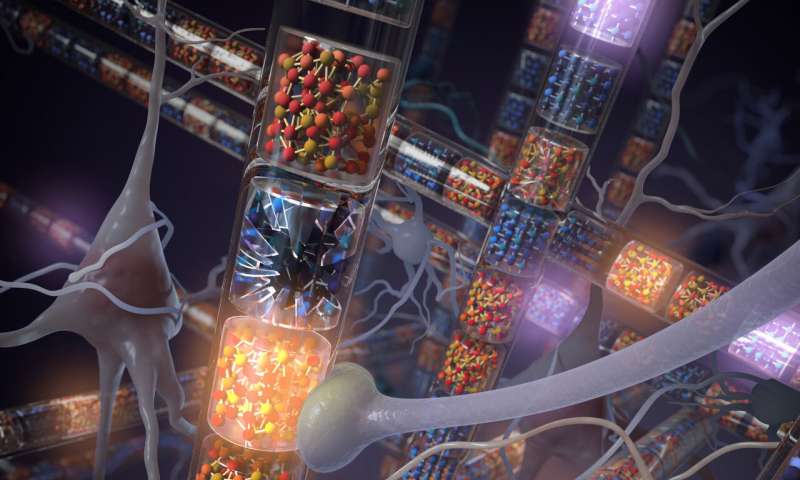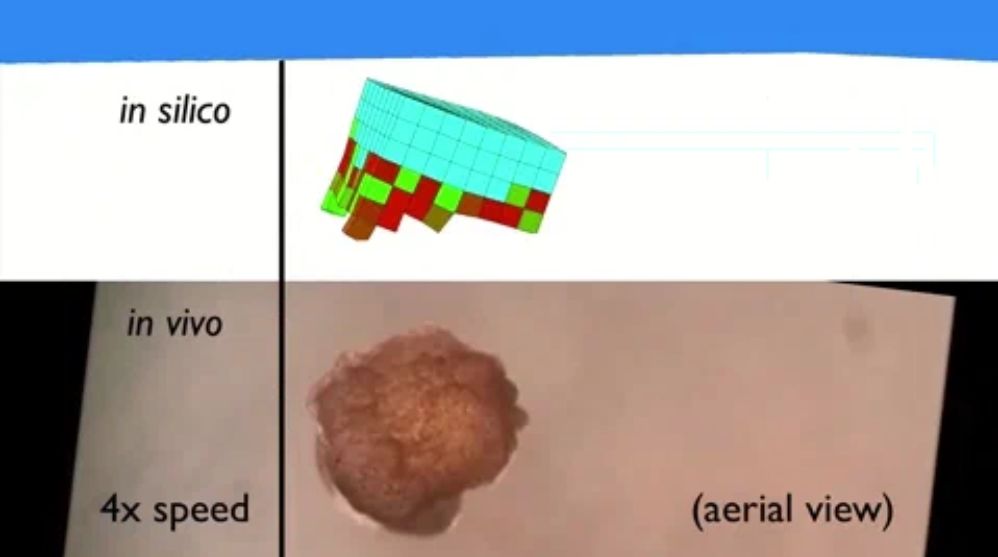Astronomers led by Kamber Schwarz (MPIA in Heidelberg) have successfully deduced the mass of a potential “planet factory”, the protoplanetary disk around the star GM Aurigae. With the help of radio data from the ALMA observatory and physical modelling, the astronomers were able to track the GM Aurigae system.
Read MoreTag: technology
Nanoscale Thermal Transport: To Prevent Overheating in Electronics
Nano world is full of mysterious features such as uncertainty principle, probabilities and wave function. It’s been at the beginning of quantum mechanics that researchers are working unceasingly to understand the perplexing phenomenon of the nano realm. Unlike the macro world, events at the nano scale are beyond the comprehension of physicists. One such problem is why some uber small heat sources cool down faster if they are packed too close.
Read MoreBorexino detects CNO Fusion Cycle in Sun: Stellar Energy Generation
Until now, astronomers had classified nuclear fusion that is taking place within the core of the Sun is due to Proton Proton Cycle. However, an international scientific collaboration at the INFN Gran Sasso Laboratories, Italy were able to detect neutrinos in the Sun by the CNO cycle.
Read MoreSentinel-6 in Orbit to Monitor Global Ocean: Earth Observing Satellite
Ocean-Monitoring Satellite Sentinel-6 Michael Freilich launched at 9:17 a.m. PST on Nov. 21, 2020, from Space Launch Complex-4 at Vandenberg Air Force Base (VAFB) in California.
Read MoreTactile Sensation For Soft Robotics: Stretchable Sensor
Sensors that could stretch will pave way towards new intelligent soft systems. Working on the same line of thought Cornell researchers have combined fiber-optic sensor with no so expensive LEDs (light-emitting diode) and dyes. The outcome is a form of a stretchable “skin” that is able to spot topographical distortions like pressure, bending and strain.
Read MoreBiodegradable Electronic Blood Vessels: Tissue Interactions
In a joint effort, researchers at China and Switzerland have developed electronic blood vessels that mimics their natural counterparts. Most of the times, some foreign agent when implanted within the human body display uncertain behaviour. Incompatibility is a critical issue and at times, it often leads to tissue trauma.
Read MorePETase with MHETase Speed Up The Breakdown Of Plastic: Enzyme Innovation
We live in a plastic era. Ubiquitously, the substance is found in our household and communities across the globe. Not only we have filled up our land but also oceans with plastic. Worldwide waste management market size is expected to reach $484.9 billion by 2025 from $303.6 billion in 2017.
Read MoreA Three Agent Robotic System For Red Planet: Mars Exploration
One of the most famous quotes from Interstellar ‘Mankind was born on Earth. It was never meant to die here”, throws light on the intrinsic fear that we all have. Fear of being extinct. Mankind wants to leave the planet Earth, thus escaping extinction. And this is the motif behind all missions of Mars.
Read MoreInternet of Things Will Morph To Internet of Humans: Neuralink
In The Age of Intelligent Machines (1990), inventor and visionary computer scientist, Raymond Kurzweil predicted that there will be a huge increase in the use of technology and an exponential growth in the internet. And by mid-21st century, AI would overtake human brain in computational capabilities. Eventually it would lead to intelligence explosion resulting in a powerful super intelligence that qualitatively surpass all human intelligence.
Read MoreRobot Fiction Defines Robotics: Japan vs The West
Skynet, Terminator or maybe Matrix these are the names that might come to our minds when we think of robots combined with artificial intelligence (AI). And what does these cults represent, fear!
Read MoreRoBeetle: Autonomous Crawling Bot Driven By Methanol Combustion
Researchers have long envisioned designing tiny intelligent autonomous machines that are capable of exploring dangerous environments or the areas where tiny bots can work with full efficiency.
Read MoreNo One Wants To Be A Part Of The Truman Show: Facial Recognition Technology
Internet based technologies are moving at a fast pace. At least within a decade we have witnessed an unprecedented enhancement when it comes to technologies behind remote working, digital education, IoT and biometric surveillance technology.
Read MoreHyperdimensional Computing System: Inspired from Cerebral Attributes of Neuronal Circuits
Hyperdimensional computing (HDC) is the budding computational paradigm based on cognitive model which distillates to higher dimensionality and randomness.
Read MoreSpherical Solar Cells Boost Up Solar Energy Harvesting
Flat solar panels dominate the world market when it comes to capture solar energy directly from the Sun. However, the flat design has a major limitation as it cannot keep track of sun’s apparent motion.
Read MoreXenobot: AI is Pushing the Best Way to Construct Itself
Scientists at the University of Vermont, have created a new class of artifact, called xenobots. They have used frog’s stem cells to fabricate first living robots.
Read More

